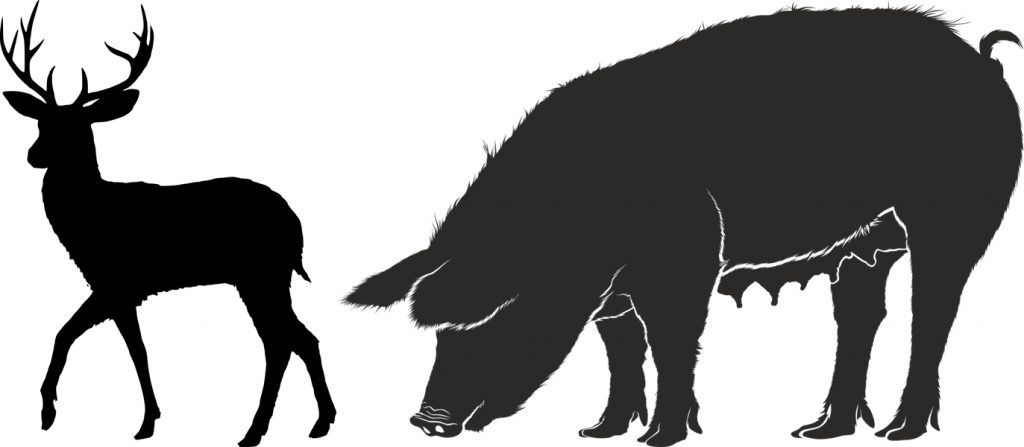The Wangkang festival is a unique event aimed to pick up evil spirits and wandering souls believed to be responsible for sickness and epidemics, ultimately to cast them away and bring peace to the world.
Back in the 1930s, Kuching and Malacca were the only two towns outside of China in which this festival was held.
How did the festival come to Sarawak in the first place? On Feb 2, 1937, a man named Jee Eng Fui from Simanggang wrote an open letter to Ong Kee Hui in The Sarawak Gazette.
Jee asked the latter two questions; how did the Wangkang festival come to be a customary procession among the Chinese at Kuching once every two years? And was there anything concerning it in Sarawak history?
Jee added that he had heard one version of Wangkang festival origin in Sarawak. An old man told him that one morning the old Rajah (it is unsure which Rajah) used his telescope to look towards the mouth of the Kuching river.
The rajah then saw a very curious junk and he became very anxious to see it when it reached Kuching.
However, the junk never came. He searched for it with his telescope again but saw nothing.
The next morning, the rajah looked into his telescope in the same direction and saw the junk again.
This time, he sent a search party to the river but they returned without finding anything.
The rajah told his Chinese friend about the story who had then informed him that he must have seen a Wangkang.
That was how the rajah came to know about Wangkang rite and procession. He then allowed the Chinese community in Kuching to hold the Wangkang festival.
Ong, who later became a prominent politician and founder of Sarawak United People’s Party replied Jee in an open letter published in The Sarawak Gazette (Apr 1, 1937).

Here is the content of the letter on the origin of Wangkang Festival in Sarawak:
“Dear Mr Eng Fui,
It has given me much pleasure to receive your letter dated the 15th instant. Your enquiries are of considerable interest to me and I only hope you will excuse the delay in relying.
As a result of enquiries which I have made from my grandfather, Mr Ong Tiang Swee, supplemented by information gathered from my uncle Teck Khoon, I am able to answer your queries. I think you now know how the Wangkang procession started in China, but in case you do not, I will give a brief account of its origin.
A certain Emperor (Ban Lek?) in the Ming Dynasty was a most sceptical man in matters spiritual, and even went so far as to question the powers of his spiritual adviser (Teo Thian Soo).
He demanded some sort of proof of this man’s supernatural powers, and put forward a scheme to set the adviser’s powers to the test. He had a big tunnel dug, fully ventilated and well provisioned, and in the tunnel he put forty of his officers of the rank of Chin Soo.
Over the tunnel the spiritual adviser was told to use all his powers and try to kill the officers inside.
The challenge was accepted, and as a result all the forty officers were killed.
The revenge of the dead
The Emperor was satisfied but not so the spirits of the victims of the experiment.
They haunted the palace and pestered the Emperor, who had no peace of mind.
The cruelty of the whole thing invoked the vengeance of the power above, and China was visited by an epidemic of cholera, which killed a large number of people.
At last the Emperor had to appease the spirits of the forty Chin Soo and make some sort of treaty with them.
The Emperor promoted them all to the rank of Wang and empowered them to visit every district in his kingdom as his representative.
He also gave out that all honour and respect had to be accorded them wherever they went, if not, they could wreak their vengeance on the people of the locality.
The spirits were satisfied, and on an appointed day with much ceremony they were given a public send off on their long, long voyage that was to have no end in a junk especially made for them.
And thus was started the first Wangkang procession in China.
The letter then continued on how it came to Sarawak:
The story of the old Rajah and the Chinese junk he saw has no connection with the origin of the Wangkang procession in Kuching.
What actually happened was that a serious epidemic of cholera broke out in Kuching; hundreds of people died, and as there were so many people dying each day no proper burial could be given them.
As a result, the whole town reeked with the terrible smell of the dead.
The Rajah (Charles Brooke) was at loss to know what to do. The older Chinese, recalling what had happened during the Ming Dynasty in China, came to the conclusion that the forty Chin Soo must have reached Sarawak at last, and the epidemic of cholera was an indication that they were here.
So steps were taken after a public meeting to entertain the visiting spirits, and to send them away with all honour and respect.
Thus was started the first Wangkang procession in Sarawak.
The epidemic was then so bad that the Rajah really did not care a pin what people did so long as normal conditions were restored, so no objection was raised and it transpired (whether it was coincidence or not, we cannot say), that the epidemic stopped some time after the procession.
An arrangement was then made with the spirits concerning their next visit, and that was how the ten years’ interval came into being.
I need hardly add that there has been no epidemic of cholera in Sarawak since. Firm believers attribute this to the effect of the Wangkang procession.
Personally, I think that the real cause of the epidemic has been removed, namely a bad water supply.
Kuching was in the old days dependent on the river for water, and you can imagine how dirty river water can be especially during dry season.
No wonder there was cholera!
Now with the supply of good and pure water we have from Matang such a state of affairs no longer exists, and chances of serious epidemics are remote.
Yours sincerely,
Ong Kee Hui
Fast forward to today, the festival became recognised as Malaysia’s National Intangible Heritage in 2013, has been submitted to Unesco to be recognised as intangible cultural heritage.
Read more:
























